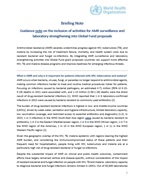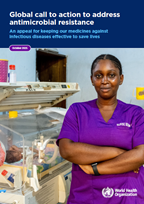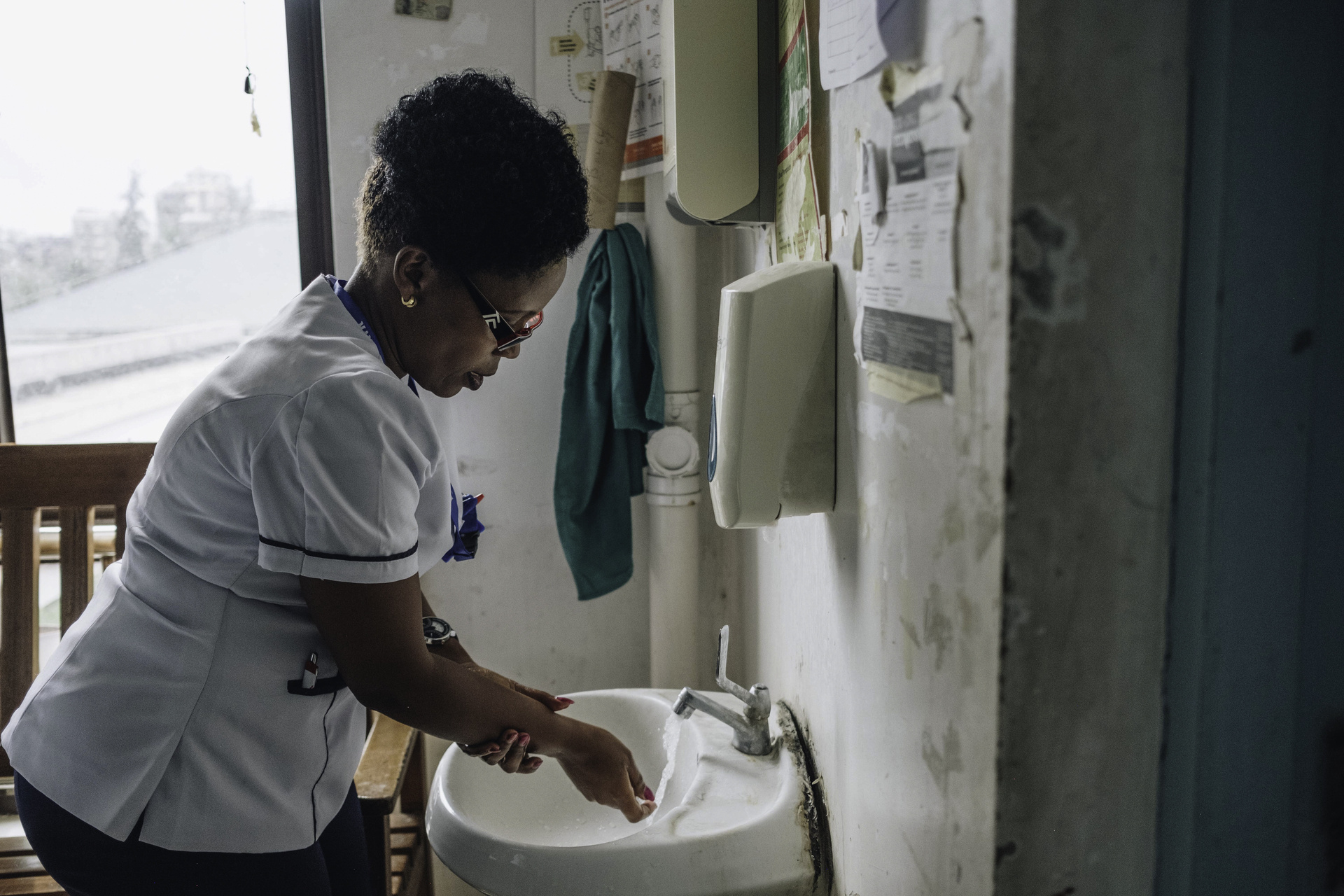The World Health Organization (WHO) has released a new target product profile to guide the development of in vitro diagnostic tests for serious bacterial infections in newborns and young infants, including neonatal sepsis – a leading cause of infant deaths globally.
The World Health Organization (WHO) has released a new target product profile to guide the development of in vitro diagnostic tests for serious bacterial infections in newborns and young infants, including neonatal sepsis – a leading cause of infant deaths globally.
Each year, an estimated 2.3 million newborns die, with low- and middle-income countries bearing the greatest burden. Roughly 15% of these deaths are due to sepsis. Evidence suggests that 84% of newborn deaths due to infection could be prevented through early diagnosis and appropriate clinical management.
Current diagnostic methods for serious bacterial infection, including bacterial sepsis, are often inadequate, inaccessible, or unaffordable in both hospital and non-hospital health facilities. Diagnostic methods, such as blood cultures and molecular diagnostics, face significant limitations, including low sensitivity and long turnaround times, high costs and infrastructure requirements, and inadequate performance.
“Timely and accurate diagnosis tests for serious bacterial infection is critical to reducing newborn mortality,” said Dr Yvan J-F. Hutin, Director of the Department of Antimicrobial Resistance at WHO.
“This new target product profile outlines the essential features needed in diagnostic tools to improve clinical decision-making, reduce unnecessary antibiotic use and prevent antimicrobial resistance, especially in low-resource settings where the burden of neonatal sepsis remains critical,” said Dr Silvia Bertagnolio, Head of the Antimicrobial Resistance Surveillance, Evidence and Laboratory Strengthening Unit at WHO.
The target product profile defines the essential and desirable characteristics of in vitro diagnostic tests to support early, accurate diagnosis among infants aged 0–59 days. The tests are designed to address two priority use cases: diagnosis occurring in primary health care settings and in higher level health-care facilities
In many settings, health-care workers rely solely on clinical assessment to decide whether to initiate antibiotics or refer a newborn to a hospital – often without the support of reliable diagnostic tools. This test would help health-care professionals identify newborns and young infants who require referral to hospital for further management and/or treatment with antibiotics.
In hospitals, in vitro diagnostic tests would help health-care professionals determine whether to initiate bacterial sepsis management and antibiotics in infants with serious bacterial infections and sepsis.
The target product profile is intended for diagnostic manufacturers, regulatory bodies, health ministries, and other stakeholders involved in the development and implementation of diagnostic technologies.
The target product profile was developed by the WHO Department of Antimicrobial Resistance through a strong collaboration with the Department of Maternal, Child Health and Ageing, and with the contribution of WHO Research for Health Department. WHO acknowledges the substantial contribution of many partners, especially FIND, and the essential role of the target product development group members.


/surveillance-prevention-and-control-(spc)/national-action-plans-and-monitoring-and-evaluation-(npm)/sinagpore-nap-2.0-m-e.tmb-144v.png?sfvrsn=6db78272_1)
/surveillance-prevention-and-control-(spc)/national-action-plans-and-monitoring-and-evaluation-(npm)/sinagpore-nap-2.0.tmb-144v.png?sfvrsn=ebcb06df_1)





/who_2021_waaw_social_still_doctor_mother_child.tmb-549v.png?sfvrsn=cdb81c9b_2)





